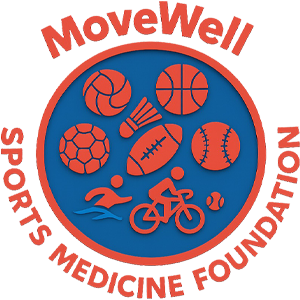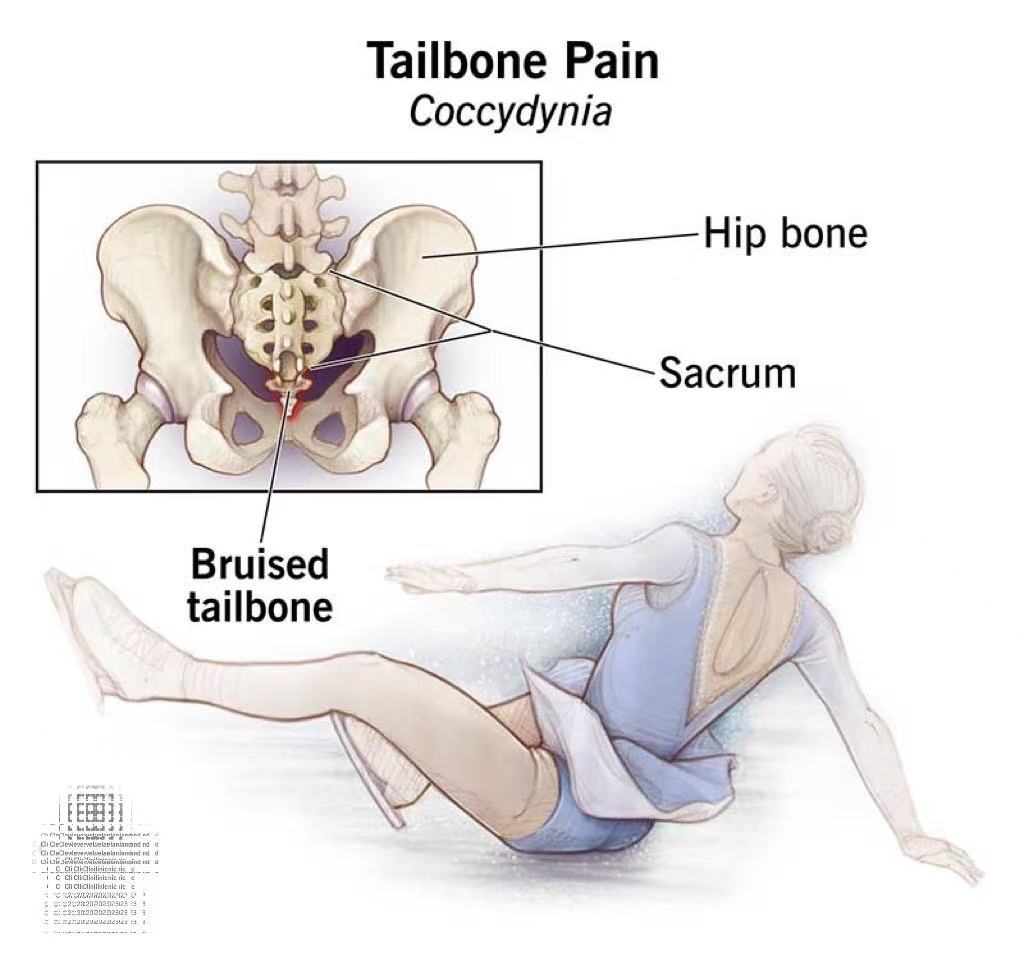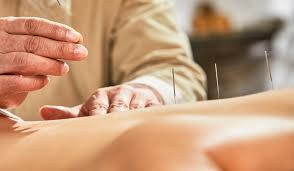Anterior cruciate ligament (ACL) injuries represent one of the most common and debilitating knee injuries in athletic populations. The evolution of surgical techniques has led to the development of the all-inside ACL reconstruction method, which offers significant advantages over traditional approaches. This minimally invasive procedure has revolutionized ACL reconstruction by reducing surgical trauma while maintaining excellent functional outcomes.
The hallmark of the all-inside technique lies in its innovative approach to graft placement and fixation. Utilizing only two small 3 cm incisions, surgeons employ specialized instrumentation to harvest the semitendinosus tendon and prepare the bone tunnels. The graft, typically a folded semitendinosus measuring 6-8 cm in length, is secured with adjustable suspension fixation at both ends. This method preserves the integrity of the hamstring tendons while ensuring adequate graft strength. As demonstrated by Smith et al. (2020), this approach reduces surgical trauma by more than 50% and significantly decreases postoperative pain, with VAS scores showing a 30-40% reduction compared to conventional techniques.
Clinical studies have consistently shown the advantages of the all-inside method. Lubowitz et al. (2019) conducted comparative research revealing that patients undergoing all-inside reconstruction returned to daily activities 2-3 weeks earlier than those receiving traditional surgery. At one-year follow-up, these patients exhibited superior knee flexion range of motion while maintaining comparable stability as measured by KT-1000 arthrometry. These characteristics make the procedure particularly suitable for athletes and patients with high cosmetic expectations.
The rehabilitation protocol for all-inside ACL reconstruction can be appropriately accelerated due to the reduced tissue damage. The postoperative program typically progresses through several phases: protected weight-bearing with a brace during weeks 0-2, restoration of full range of motion in weeks 2-6, intensive strength training in weeks 6-12, sport-specific drills at 3-6 months, and gradual return to competitive sports between 6-9 months. This accelerated timeline is made possible by the minimally invasive nature of the procedure.
While the all-inside technique offers numerous benefits, careful patient selection remains crucial. The procedure is most appropriate for primary ACL injuries, with relative contraindications including skeletally immature patients and multiligament knee injuries. Future research should focus on long-term outcomes to further validate the durability of this innovative approach.
References:
Smith PA, et al. (2020). All-inside ACL reconstruction. JBJS Reviews, 8(1), e0079.
Lubowitz JH, et al. (2019). All-inside ACL reconstruction. Artheroscopy, 35(2), 612-617.




